Roni Horn
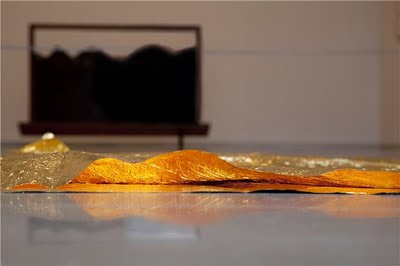
From our review of "Roni Horn AKA Roni Horn" at Boston's Institute of Contemporary Art:
"I've been told it's the largest single piece of glass in the world," Helen Molesworth, the Institute of Contemporary Art's new chief curator, said at a press preview last week. The object in question — Roni Horn's four-foot-tall, five-ton pink glass cube "Pink Tons" (2008) — is now sitting in the ICA's lobby as part of "Roni Horn aka Roni Horn," a show organized by New York's Whitney Museum and London's Tate Modern and representing the New Yorker's "first comprehensive" career survey.Read the rest here.
"Pink Tons"' sides are frosty, with clear icy cracks at the corners. From certain angles, the cube looks as if it were filled with water, almost to overflowing. Look in the clear top and you can see a large wave seeming to ripple inside.
One way to define Modern Art is as a seven-decade project to break art down to its atomic elements — from Picasso's Cubism to Jackson Pollock's drips to Ad Reinhardt's all-black paintings. Arriving in the 1960s, near the end of this lineage, was Minimalism, which favored basic geometric forms, industrial materials, and repetition. Minimalism is best known for its sculptures — Carl Andre's grids of metal tiles displayed right on the gallery floor, Tony Smith's six-foot-tall steel cube "Die" from 1968. These works presented objects in it-is-what-it-is fashion, focusing on the space they share, and the subtle relationships among viewers. It was usually severe, hard-edged, macho, buttoned-up stuff predicated on the notion that if you concentrated on it hard enough and were worthy, you might attain transcendence.
More than four decades later, Minimalism remains one of the primary modes of operation in the art world. And over the past couple of years, the ICA's big solo-artist surveys have catalogued its permutations...
"Roni Horn AKA Roni Horn," Institute of Contemporary Art, 100 Northern Ave., Boston, Feb. 19 to June 12, 2010.
Pictured from top to bottom: Roni Horn, installation view of (foreground) "Paired Gold Mats, for Ross and Felix," 1994-1995, and (background) "Ant Farm," 1974/2007; "Pink Tons," 2008; "You are the Weather" (detail), 1995; "Dead Owl," 1998; "Ant Farm," 1974/2007; "a.k.a." (detail), 2008 - 2009; installation view of (foreground) "bird (detail)," 1998/2008, and (background)"This is Me, This is You" (detail), 1998-2000; installation view of (foreground) "Asphere X," 1988/2001, "White Dickinson, SCIENCE IS VERY NEAR US—I FOUND A MEGATHERIUM ON MY STRAWBERRY," 2006, and "White Dickinson, NATURE IS SO SUDDEN SHE MAKES US ALL ANTIQUE—," 2006/2007; "Untitled (Aretha)," 2002-2004; installation view of "Opposite of White, v. 1 (Large)," 2006-2007, and "Opposite of White, v. 2 (Large)," 2006-2007. Courtesy of the artist and Hauser & Wirth © Roni Horn. Most photos by John Kennard.

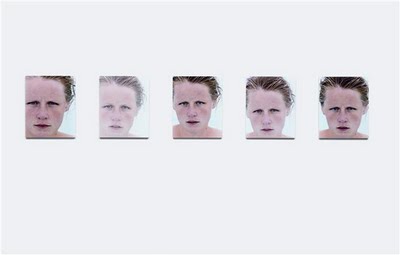
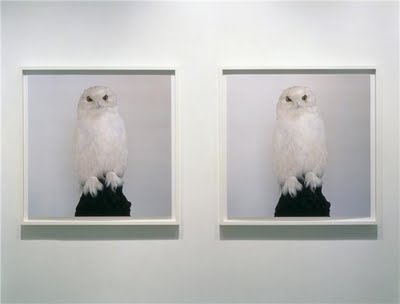

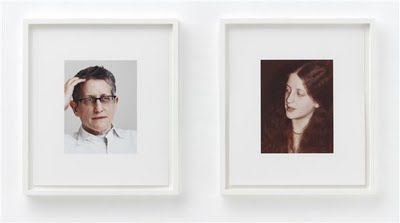
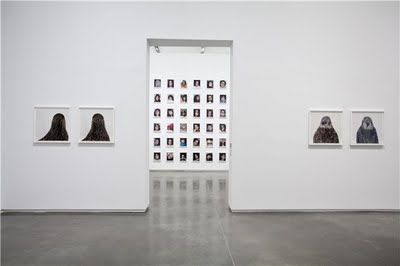

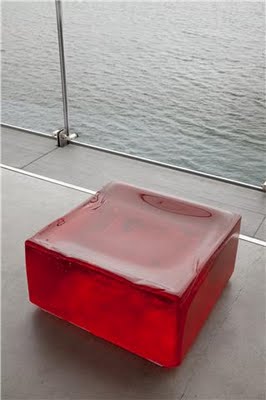







1 Comments:
FYI, Corning's Palomar telescope lens was bigger (14.5 tons) , and then they even made a larger one:
http://www.cmog.org/telescopes/
It's like folks thinking Richard Serra's Torqued Ellipses are larger than an aircraft carrier.
Post a Comment
<< Home